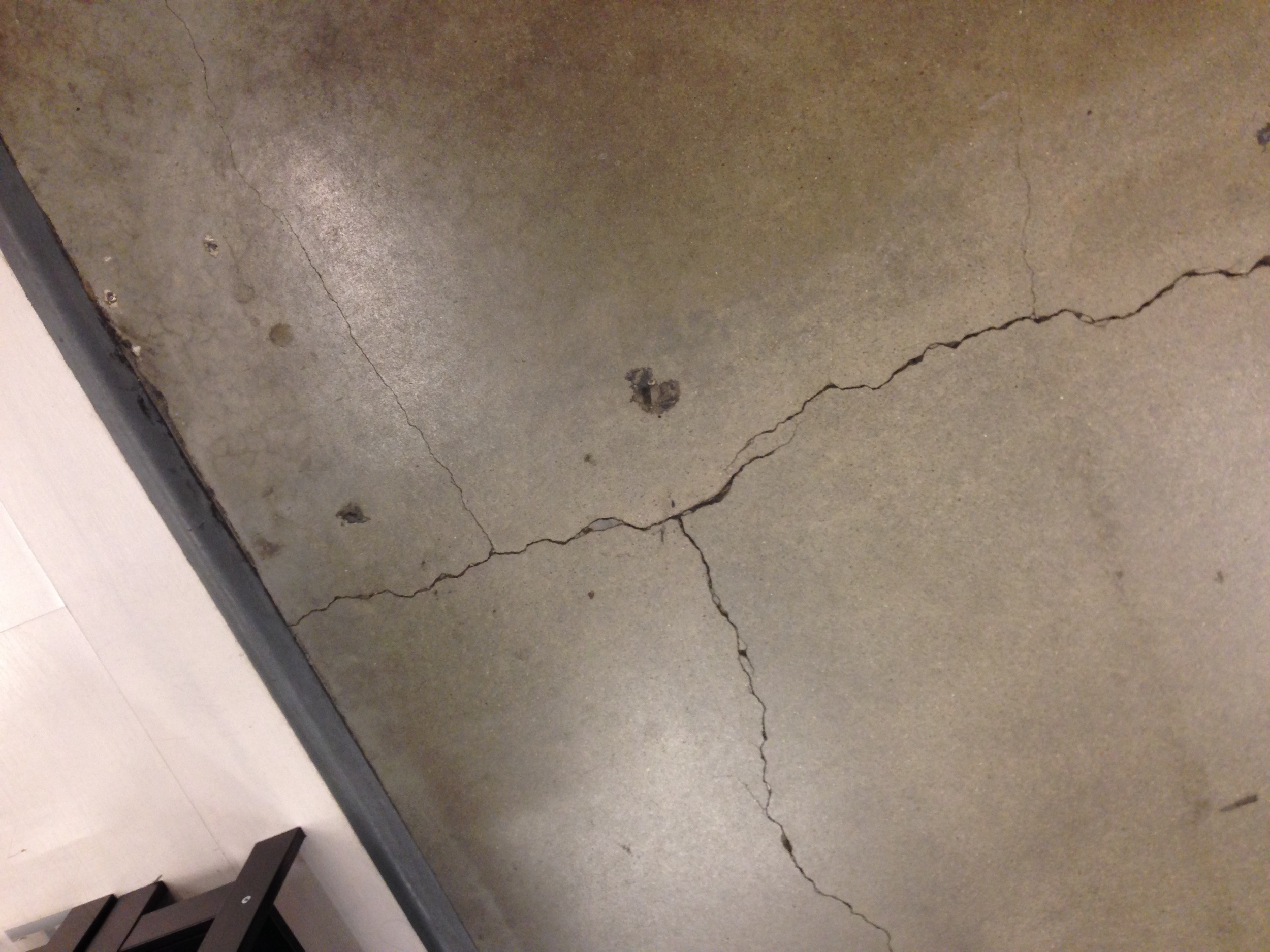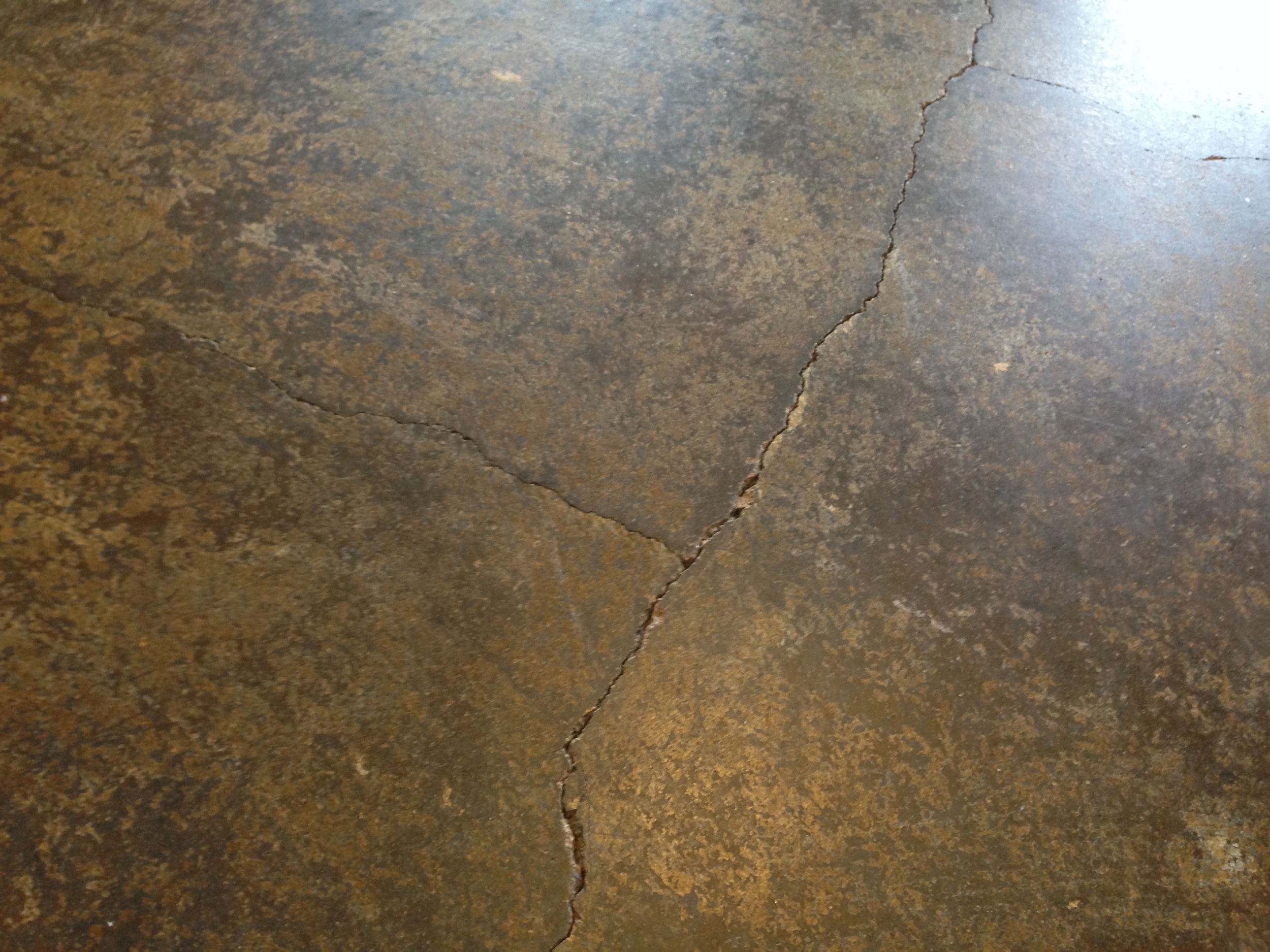Pouring a Slab in Hot Weather? Some Items to Consider
/Placing a slab on grade foundation during hot weather can be challenging at the very least. Some of the challenges hot temperatures during concrete placement include faster concrete setting times and decreased workability, an increase in visible shrinkage cracks, and potential loss of strength due to high water demand.
On the other hand, concrete gets placed in hot weather all the time, especially in the Houston area. Here are some recommendations by the Portland Cement Association (PCA) to minimize the impact that high temperatures have on concrete.
- Moisten subgrade, steel reinforcement, and form work prior to concrete placement.
- Erect temporary wind breaks to limit wind velocities and sunshades to reduce concrete surface temperatures.
- Cool aggregates and mixing water added to the concrete mixture to reduce its initial temperature. The effect of hot cement on concrete temperature is only minimal.
- Use a concrete consistency that allows rapid placement and consolidation.
- Protect the concrete surface during placement with plastic sheeting or evaporation retarders to maintain the initial moisture in the concrete mixture.
- Provide sufficient labor to minimize the time required to place and finish the concrete, as hot weather conditions substantially shorted the times to initial and final set.
- Consider fogging the area above the concrete placement to raise the relative humidity and satisfy moisture demand of the ambient air.
- Provide appropriate curing methods as soon as possible after the concrete finishing processes have been completed.
- In extreme conditions consider adjusting the time of concrete placement to take advantage of cooler temperatures, such as early morning or night time placement.
Item 6 above is perhaps the most important to me. I've seen too many slabs that were improperly finished simply because the placement and finishing crew was too small.
For more information from the PCA on hot weather concreting, check out their website.














